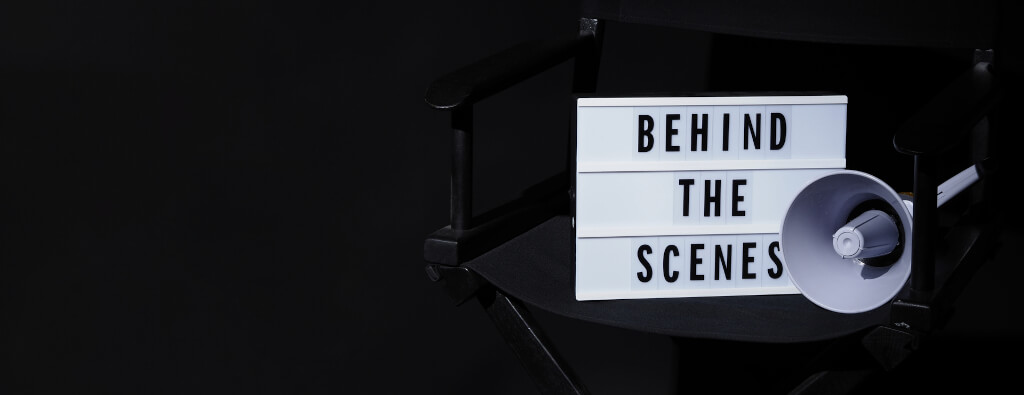Seeing a fantastic film may be a terrific motivation booster at times. Here are some inspiring lines from films to motivate you. The best films teach us life lessons and motivate us to improve. A moving film can motivate you to do better and push yourself tomorrow like nothing else can. Despite the existence of inspiring […]
Continue readingCategory: Film
How to Create a Winning Film Promotion Strategy
Promotion is a must in the film industry. Large studios in particular devote a substantial amount of resources to advertising. This is why many indie filmmakers utilise this as a model for communicating their ideas through film. There are plenty of no-cost marketing resources on the web, but it might be tough to visualise how […]
Continue readingTake Your Filmmaking to the Next Level with These Cinematography Hacks
If you want to make it as a cinematographer, you need to constantly be learning and improving your craft, just like you would for any other creator. It’s simple to advise someone to “just practise,” but it takes more creativity and effort to develop novel and useful ways to learn something new every day. The art […]
Continue readingThe Top 10 Costliest Mistakes in Filmmaking
The success of a film depends on many factors coming together during production. Filmmakers risk losing their credibility and, more significantly, their budget if even one detail is wrong. That’s why it’s so important to avoid the industry’s most typical (and expensive) blunders. The ten most expensive mistakes that filmmakers make will be discussed, along […]
Continue readingHow to Work With Rental Equipment on Set Requirements
I’d like to share a quick anecdote with you. The crew of The Hateful Eight, directed by Quentin Tarantino, borrowed a pricey 145-year-old guitar for a scene. Jennifer Jason Leigh’s character was going to play the guitar in that scene until Kurt Russell’s character grabs it out of her hands and smashes it to pieces on […]
Continue readingInsider Recommendations for Picking the Best Film Crew
To make it big in the entertainment industry, hundreds of people travel each year to cities like Los Angeles, Vancouver, and New York. These days, every student with a smartphone can make films. How difficult can it be to employ a professional crew when there are so many people from which to choose? It’s more […]
Continue reading




